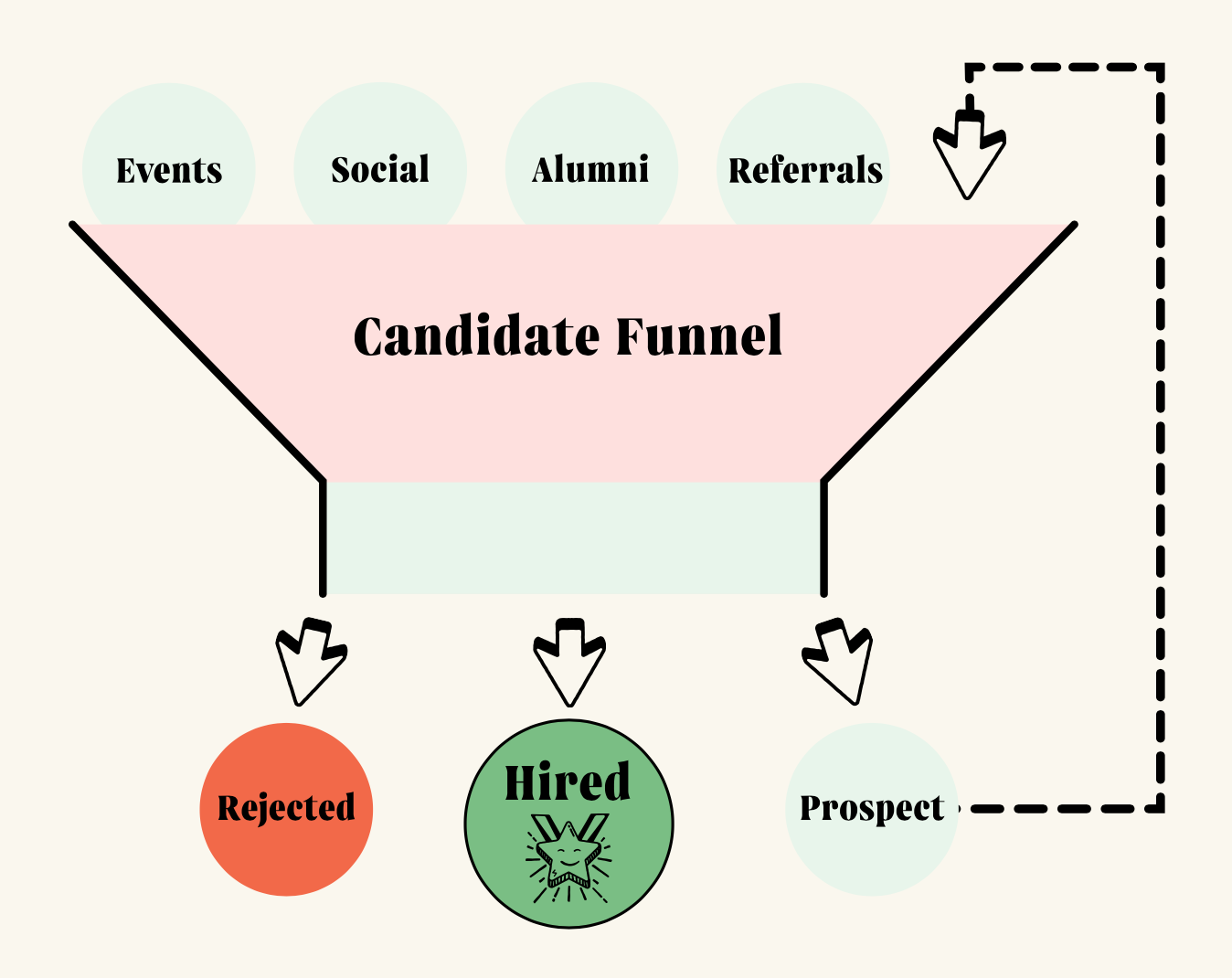IT professionals receive 2x more LinkedIn InMails than the average LinkedIn member and software engineers receive more than 2.5x as many.
of potential hires are actually passive applicants who are already employed.
of employees would consider leaving their current job if offered another role with a company that had an excellent employer reputation.

In the world of tech, competition for top talent is fierce
Currently, we are seeing established players in the tech industry competing for the best talent, not just with one another, but with the steady flow of fast-growing startups and a wealth of other industries that are just discovering the need for employees in technical roles.
This situation has put technical talent in the driver’s seat in an unprecedented way, which means there’s more pressure than ever for businesses to implement highly efficient strategies to attract and hire both passive and active candidates. With not enough supply to meet demand, companies are being forced to look beyond traditional hiring methods and think outside the box.
No matter what stage of growth your business is currently in – a startup, scale-up or enterprise – a careful and detailed hiring process is critical to sourcing high-quality candidates and, ultimately, building the best, most innovative tech teams.
Before we dive into the best practices to source, attract and hire top tech talent and create a more efficient recruitment process, let’s take a closer look at the data that indicates some of the common challenges businesses face when finding technical candidates.






